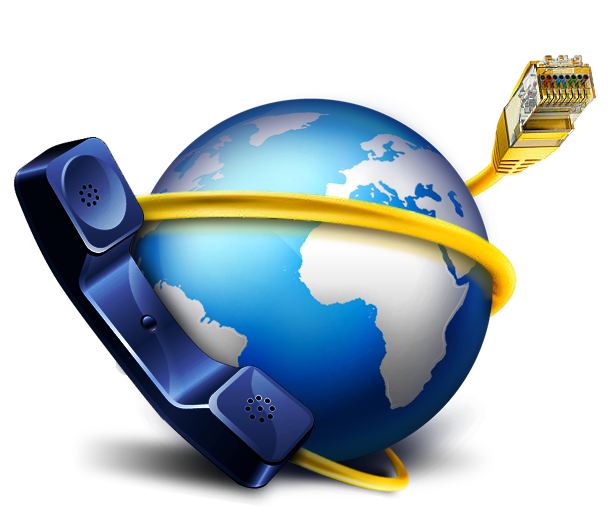SIP stands for Session Initiation Protocol. It is a signaling protocol used in Voice over IP (VoIP) communications to initiate, modify, and terminate multimedia sessions such as voice and video calls over IP networks.
In simpler terms, SIP is a protocol that allows devices and applications to establish and manage communication sessions. It sets up the rules and procedures for initiating, maintaining, and ending voice and video calls between two or more parties over an IP network.
Key aspects and functions of SIP
- Session Establishment: SIP is primarily responsible for initiating and establishing communication sessions. It allows devices or applications to signal each other and negotiate session parameters, such as codecs for audio or video encoding and decoding.
- Addressing and Identification: SIP uses Uniform Resource Identifiers (URIs) to address and identify participants in a communication session. URIs can be similar to email addresses or phone numbers and enable devices or applications to locate and connect with each other.
- Call Routing: SIP facilitates call routing by providing information about the desired destination of a call. It enables the identification of the appropriate IP address or domain associated with the intended recipient.
- Feature Negotiation: SIP allows participants to negotiate features and capabilities during a communication session. This negotiation enables the determination and agreement on supported codecs, call transfer, call hold, conferencing, and other supplementary services.
- Session Management: Once a session is established, SIP manages the ongoing session by facilitating the exchange of control messages between participating devices or applications. These messages enable functions like call hold, call transfer, call termination, and call modification.
- Interoperability: SIP promotes interoperability among various devices, applications, and communication systems. It is a widely adopted standard that allows different SIP-compliant devices and applications to communicate with each other seamlessly, regardless of the manufacturer or service provider.
SIP is used in a variety of communication applications, including VoIP systems, video conferencing, instant messaging, and presence services. It is an integral part of modern communication technologies and enables real-time multimedia communication over IP networks.
By leveraging SIP, businesses and individuals can enjoy the benefits of flexible and feature-rich communication solutions, including cost savings, scalability, mobility, and integration with other systems and services.
ClearlyIP’s SIP Solution
Introducing ClearlyIP’s SIP Trunking solution – a robust and flexible communication service designed to streamline and enhance your business’s voice and data connectivity, enabling seamless and cost-effective communication.


